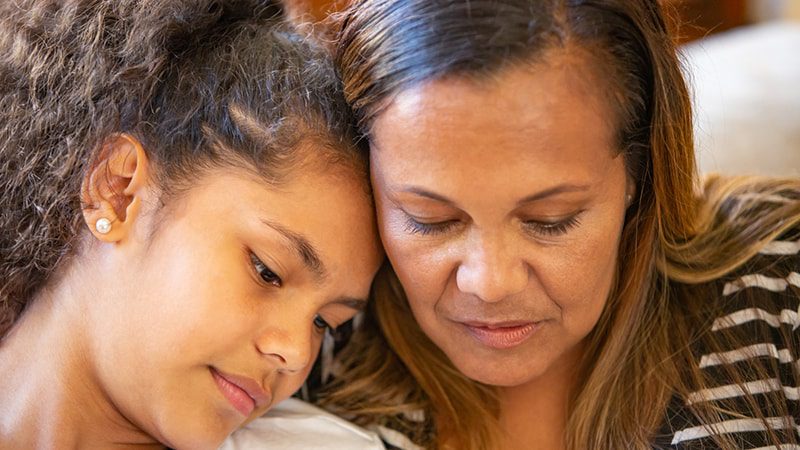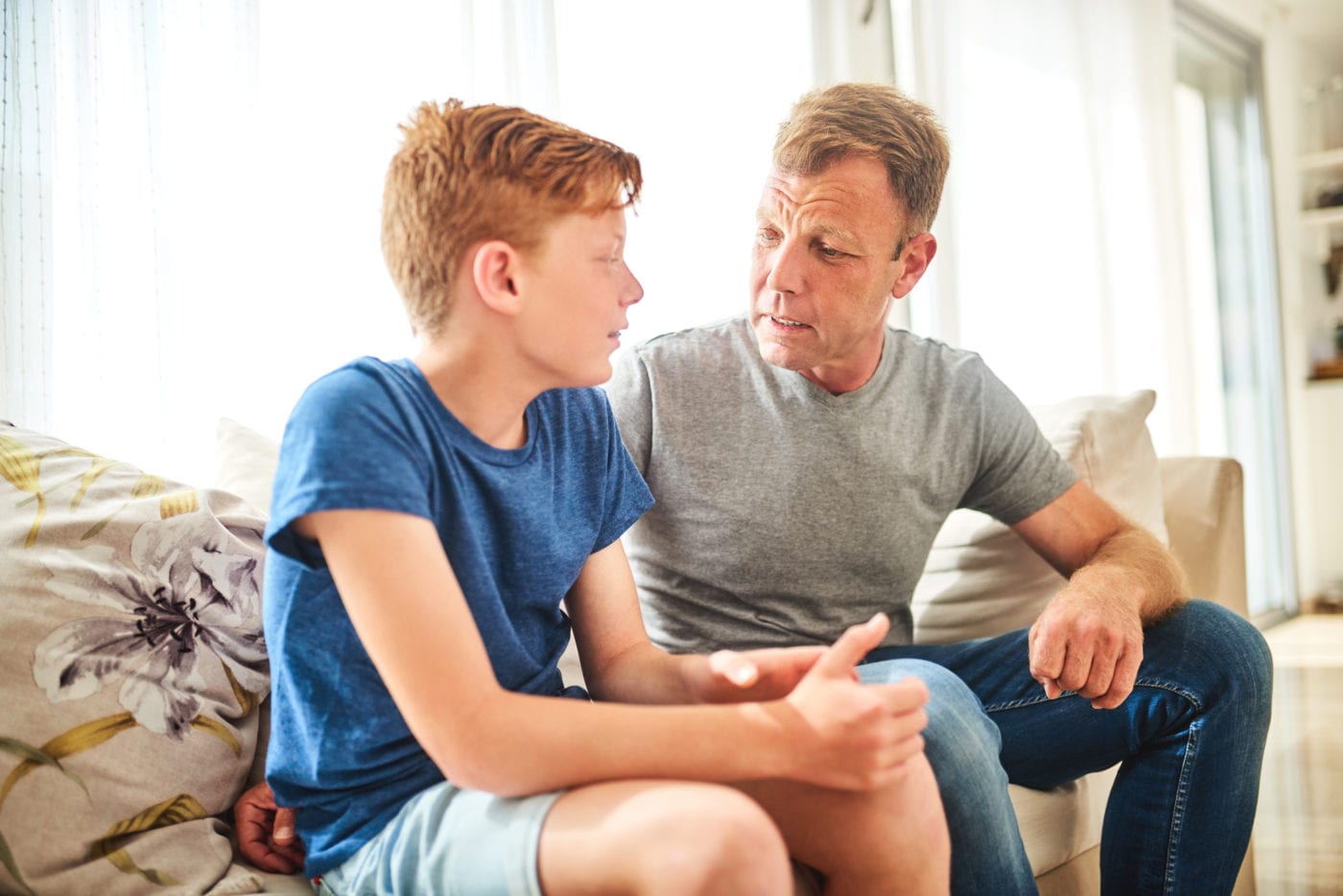

How to work with your teen with their triggers, challenges, & feelings
By: Nichole Dabrowski, Clinical Intern.
Anxiety—it feels and looks different for everyone. What Susan experiences inside her body when she is anxious is probably different than what Taylor experiences. What Susan looks like on the outside when she experiences anxiety is quiet and withdrawn. When Taylor is anxious, he appears louder and more social. When your teenager is with you at a family party, airplane ride, or at the grocery store and are learning to cope with anxiety, it may be difficult for them to communicate how they’re feeling with you. It may be difficult for parents to “see” on the outside if their teen is experiencing anxiety. So, we can turn to some unique tools to help.
Some families find that helping their teens with anxiety (and other mental health challenges) means learning their triggers and signs of discomfort. Some families learn that helping their teens with anxiety means stepping in at certain points, but only during certain intensities. Using certain methods, teens can learn how to best support themselves and BE supported by their families. This could include creating a chart (for example, see below) that helps the child and parents/caregivers identify when situations need certain interventions. This also brings about (possibly difficult but healthy) communication between child and parent as they construct this chart together. In addition to a chart, a safety plan is useful to handle orange and red zones–they are helpful in times of a mental health crisis. When a child approaches an orange or red zone, the safety plan is helpful to both child and parent. This can be kept in a safe place for use wherever the child may need–school, home, sports, etc–and provide a visual and concrete place to keep symptoms, warning signs, and interventions for parents, teachers, and the child.
|
CHALLENGES & TRIGGERS |
GREEN ZONE I’M GREAT |
YELLOW ZONE I’M OKAY |
ORANGE ZONE I NEED HELP |
RED ZONE I NEED TO LEAVE |
|
|
Lack of sleep |
Engaged with others |
Irritable |
More sensitive to triggers Dizziness Need to step away |
Call parent Need a place to rest |
|
|
Crowds/Loud noises |
Engaged with others |
Zoning-out |
Child leaving the room/space may indicate this zone |
Call parent Need safe place/safe person Thoughts or actions of self-harm may indicate this zone |
|
|
Panic attack |
No panic |
Zoning-out |
Visibly stressed Needs privacy/quiet ASAP |
Call parent Need safe place/safe person Thoughts or actions of self-harm may indicate this zone |
Things to be aware of to support (child’s name here) – (FOR EXAMPLE:)
- Does best in quieter places
- Needs to have water when anxious
- (child’s name) needs to have earplugs in loud places
- Can become claustrophobic in elevators or buses
Safety Plan: See link for Safety Plan
https://suicidepreventionlifeline.org/wp-content/uploads/2016/08/Brown_StanleySafetyPlanTemplate.pdf
